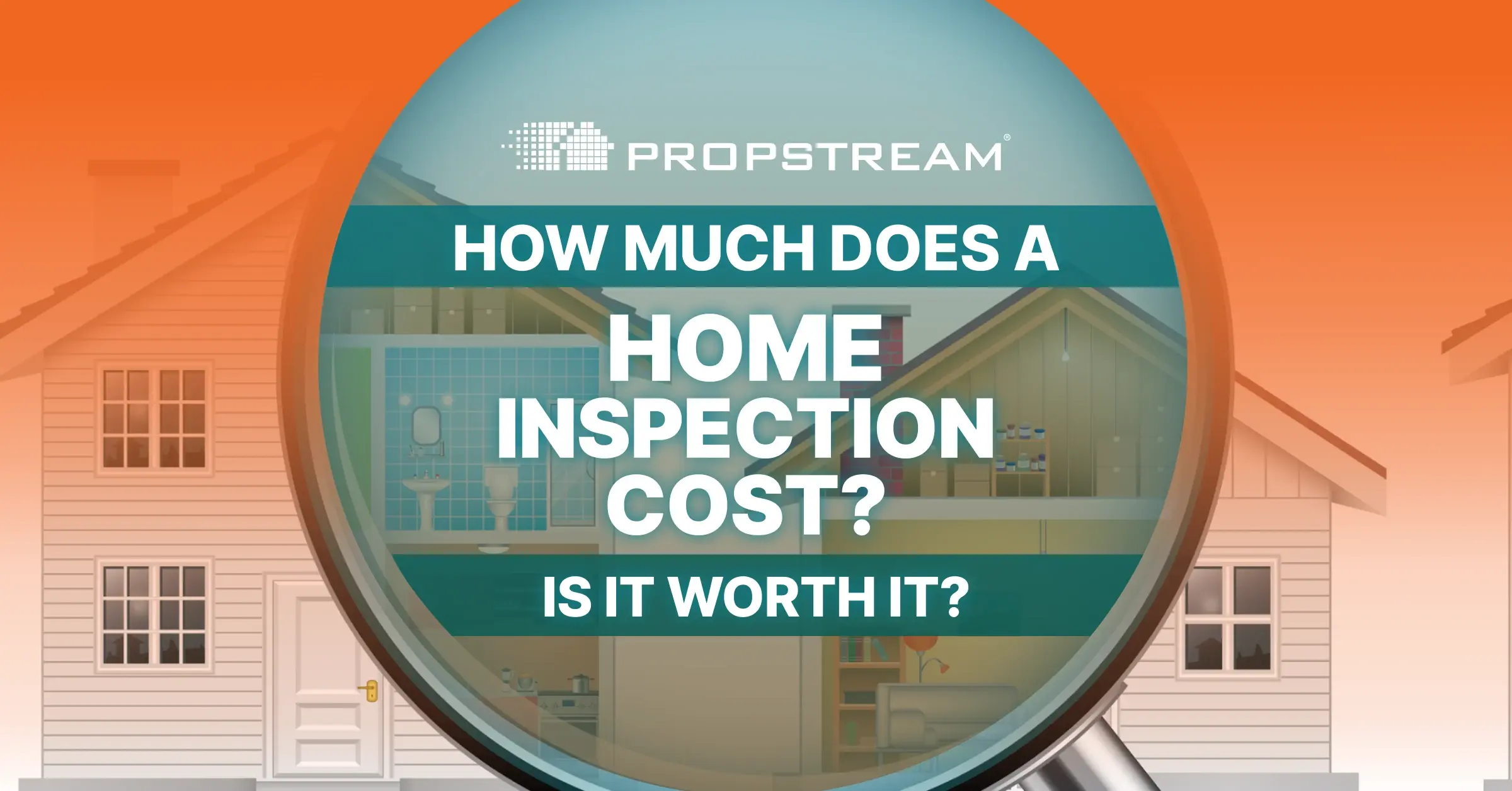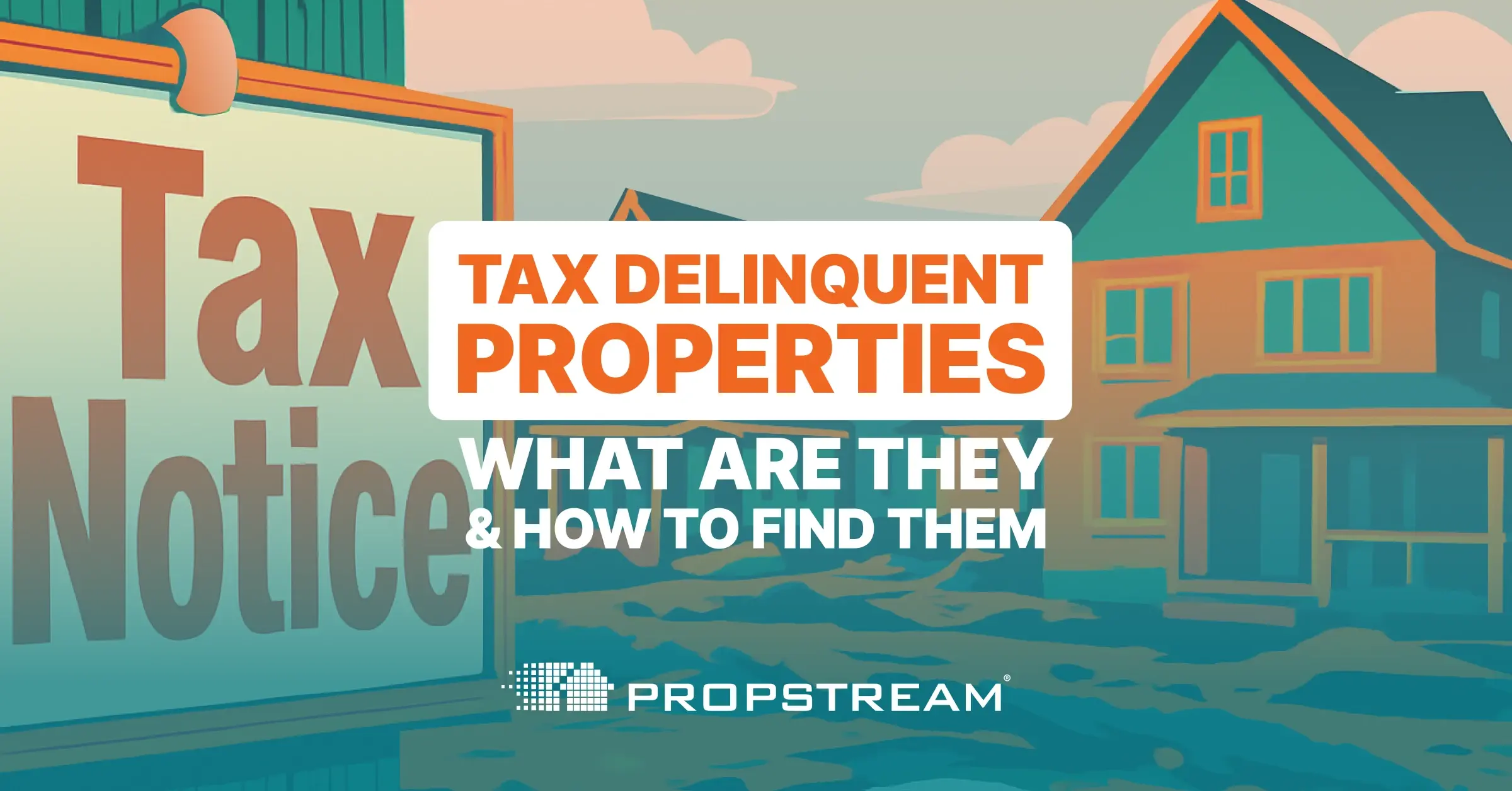Disclaimer: PropStream does not offer investing advice and/or profit promises. This article is for educational purposes only. We recommend doing your due diligence and/or consulting financial professionals before investing in real estate.
|
Key Takeaways:
|
In real estate investing, finding the right property to buy is only half the battle.
With so many homes on and off the market, the opportunities can be overwhelming. That’s why it’s important to narrow your choice by weeding out properties with outsized risk.
Read on to learn the top ten red flags to avoid when pursuing property leads.
Table of Contents |
1. Unsatisfactory Location
Buying a property in an unsatisfactory location can make it difficult to attract reliable tenants and future buyers. Furthermore, it can limit the property’s appreciation.
Here are some indicators that a property may be in an unsatisfactory neighborhood:
- Declining population
- Few local employers
- High crime rate
- Lack of nearby amenities
- Low school ratings
- High level of climate risk (e.g., hurricanes, wildfires, etc.)
- Nearby environmental hazards (e.g., landfills, industrial sites, etc.)
2. High Vacancy Rates

Another potential deal breaker is a property in a market with high vacancy rates. This could indicate a lack of demand or oversupply, which may result in difficulty renting or selling the property.
In Q2 2024, the average U.S. rental vacancy rate was 6.6%. If a market’s vacancy rate is noticeably below the national average, investigate why. You may discover hidden market challenges that could be a deal breaker.
3. Declining Property Values and Rental Rates
Of course, if a housing market is experiencing a downturn, with declining property values and rental rates, it might not be the best time to invest in that area.
For example, many cities that saw home prices soar during the pandemic (aka pandemic boom towns or “zoom towns”), like Austin, TX, and Jacksonville, FL, could be overvalued by up to 40% and face a potential bust.
4. Structural Issues
The property itself may have structural issues that can severely impact its value and require costly or high-risk repairs, limiting potential returns. These could include foundation cracks, sagging roofs, uneven floors, leaks or water damage, and more.
Unless you want to take on a major fixer-upper, steer clear of properties with structural issues. Conduct a thorough property inspection and look for any damage, including deferred maintenance, that could point to more significant problems.
| Pro tip: Estimate renovation costs with PropStream’s Rehab Calculator to ensure you’ll have a substantial return before investing anything. |
5. Unusual Seller Behavior
Beware of sellers who seem eager to sell quickly, refuse to provide proper documentation, or can’t answer basic questions about the home’s history. This could signal that they are trying to hide something or want to offload a problematic property.
This is why homes for sale should meet local disclosure requirements regarding hazards, Homeowners Associations (HOAs), damage, etc.
It’s better to be safe than sorry. If a seller isn’t being upfront with you, PropStream It! Our platform can help you do a deep dive on over 155 million properties nationwide.
6. Title Issues
Problems with a property’s title—such as unresolved liens, encroachments, or legal disputes— can complicate the sale process and pose legal challenges. In the worst case scenarios, other claimants could come after the property post-sale.
To avoid potential title issues, always conduct a thorough title search and purchase title insurance before purchasing a property.
7. Building Code Violations
-1.png?width=1252&height=834&name=screenshot%20avm%202%20(14)-1.png)
Some properties for sale may violate local building codes. This could be the result of previous owners renovating without the proper permits or an older property that no longer meets current regulations.
Either way, bringing a non-compliant property up to code could require major renovation work, without which it could be difficult (if not impossible) to resell the property. Consequently, it’s important to check for code violations by obtaining a property’s past building permits and records and hiring a professional home inspector.
8. Unfavorable Zoning Regulations
Local zoning regulations dictate how properties in certain areas can be used. For example, New York City and other cities recently cracked down on short-term rentals (STRs), not allowing them except when the owner lives on-site.
Before buying a property, ensure it will work for your intended use. Otherwise, you could get stuck with an asset that can’t generate income.
9. Many Days On Market
If a home has been on the market for several days (especially if the asking price has been dropped multiple times), it could be a sign that something’s wrong with it.
In July 2024, the median days on market for U.S. homes was 50. If a listing has been active significantly beyond the median length, be skeptical. Bear in mind, however, that average days on market is seasonal (higher in the winter and lower in the summer).
10. Multiple Sales in Recent History
Review the property’s sales history. If you notice a pattern of multiple sales within a short period, this could indicate that other investors and homeowners couldn’t make the property work. Dig deeper to find out why, or keep shopping.
As a reference, the median duration of homeownership in the U.S. is 13 years. In other words, Americans only sell their home about every 13 years, and many investors hold onto their investment properties much longer (unless they’re flipping).
Do Your Due Diligence with PropStream
Fortunately, you don’t have to rely on sellers to uncover red flags. You can PropStream It!
Our database of over 155 million homes nationwide includes data on properties’ past owners, mortgage history, tax history, nearby comps, and much more.
Try PropStream for 7 Days Free!
Sign up for a free 7-day trial today and get 50 leads on us.
Frequently Asked Questions (FAQs)
How should I research a property to spot potential red flags?
While no amount of research can eliminate investment risk, you can minimize it by thoroughly analyzing a property’s location and market trends, inspecting the property, conducting a title search, understanding local zoning and building codes, reviewing the property’s sales history, and noticing any unusual seller behavior.
How do I know if a property is in a good location?
A good location is one where property values and rental rates are increasing, vacancy rates are relatively low, crime rates are low, school ratings are high, the local population and economy are growing, and there is minimal climate or environmental risk.
How do I check for title issues before buying a property?
Hire a title company to run a title search for you (and get title insurance to protect you against any title disputes).
What is considered a high vacancy rate?
Average vacancy rates vary by market. However, a vacancy rate over 10% is generally considered high.
Can a property with building code violations be a viable investment?
Yes, but be extra careful before buying one. For a non-compliant property to be a viable investment, the potential returns must outweigh the risks and costs of bringing it up to code.
Subscribe to PropStream's Newsletter



